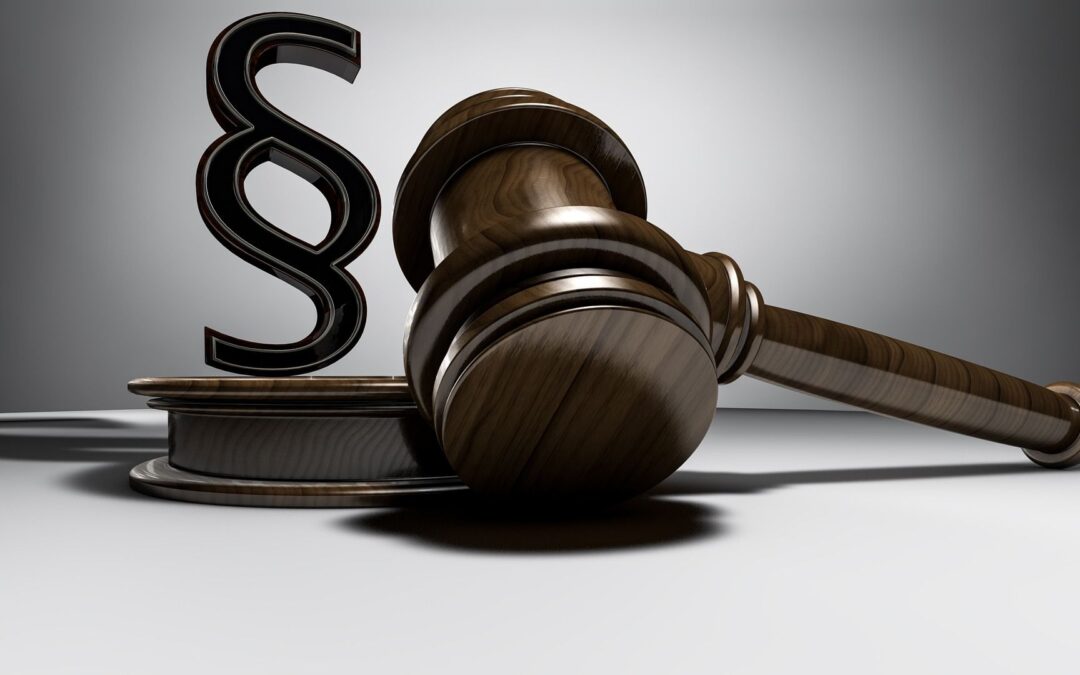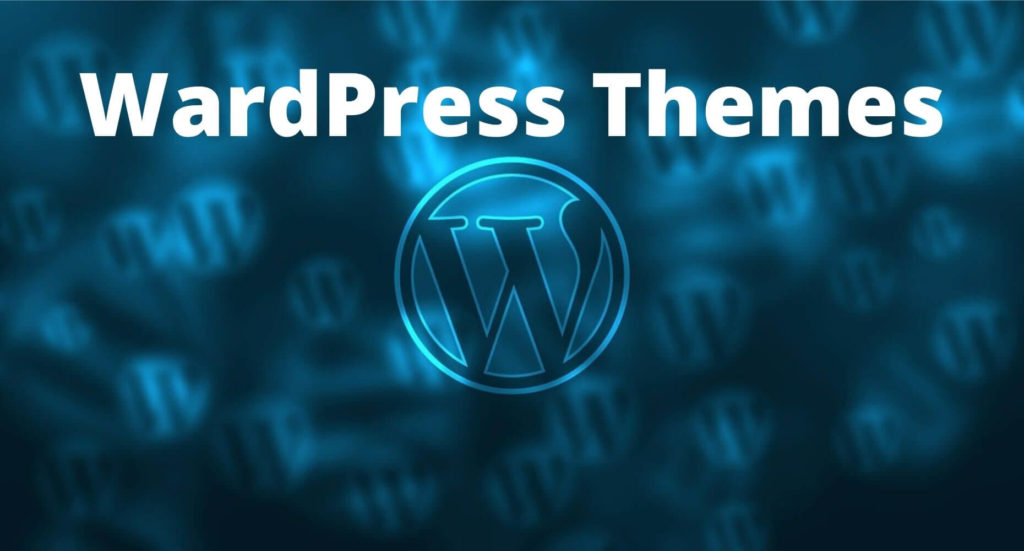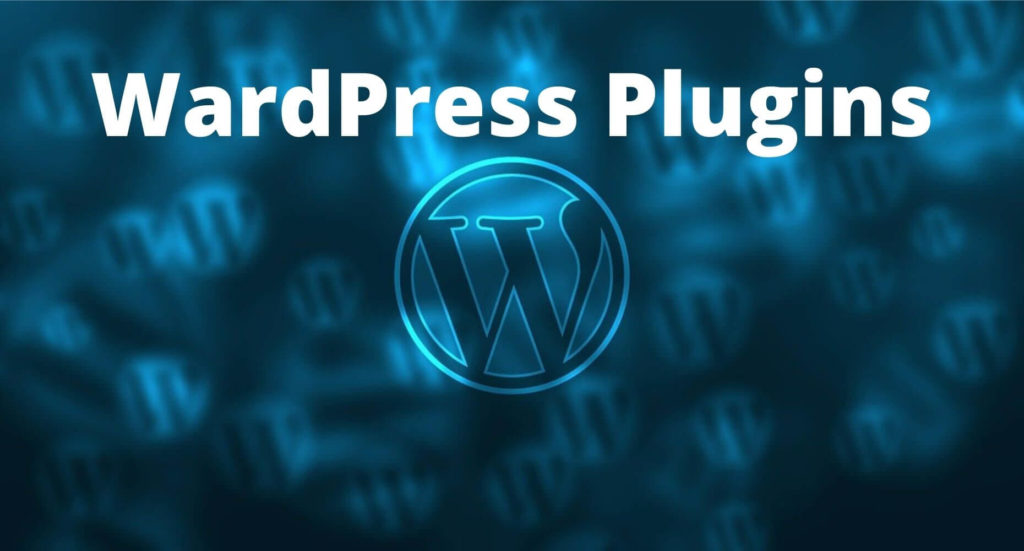In the big digital playground, where info’s flying around and folks are unleashing their creative beasts, bloggers are like the pioneers trekking through a wild land. It’s a place where you gotta be savvy with copyright laws and keep it real in the content creation game. This blog post? It’s here to spill the beans on copyright stuff, dish out some street-smart tips to dodge plagiarism, and scream from the rooftops about why respecting someone’s brainchild is a big deal. So, buckle up, we’re diving into the copyright jungle, and I’ve got the lowdown on how to stay on the right side of the law while cooking up your online masterpiece. Let’s roll! 🚀
The Basics of Copyright Laws
Alright, buckle up, fellow bloggers! We’re diving headfirst into the nitty-gritty of copyright laws – the stuff every content creator needs to know to keep their creative ship sailing smoothly in the digital sea.
Understanding Copyright:
So, what the heck is copyright, and why should we care in this digital age playground? Well, think of copyright as a superhero cape for creators, giving them the power to control who gets to use, copy, and remix their brainchildren. In simpler terms, it’s like a VIP pass for the party that is their intellectual property.
Now, in the digital age – where memes go viral faster than you can say “copyright infringement” – understanding this superhero cape is more crucial than ever. It’s your shield in the content creation battlefield, my friends.
Let’s talk about the rights – the goodies that come with donning that copyright cape. Creators get the exclusive rights to their work. Picture it like this: You bake a killer batch of cookies, and no one else can gobble them up without your say-so. That’s your copyright magic at work.
But hold your horses; this magic isn’t forever. Like Cinderella’s carriage turning into a pumpkin at midnight, copyright protection has an expiration date. The clock starts ticking from the moment you hit that “publish” button or create something groundbreaking. Generally, it hangs around for the creator’s lifetime plus a little extra. After that, it’s a free-for-all – like the Wild West of creativity.
Real-Life Examples:
Now, let’s spice things up a bit with some real-life drama from the blogging world. Ever heard of the infamous “PhotoGate” where a blogger snagged a jaw-dropping photo without asking for permission or giving credit? Yeah, that’s a copyright infringement case hot off the press.
The consequences were no walk in the park. The blogger got hit with a hefty fine, a slap on the wrist from the online community, and a tarnished reputation that stuck like gum on a shoe. Lesson learned – don’t mess with someone else’s creative cookies without asking!
And then there’s the tale of the “Reblogging Rogue.” This blogger thought it was cool to copy-paste entire articles from other bloggers. Guess what? Not cool at all. The consequences were swift and fierce – legal notices, a loss of followers faster than you can say “oops,” and a one-way ticket to the bad blogger hall of shame.
So, folks, the moral of the story? Copyright infringement isn’t just a legal maze; it’s a reputation wrecking ball. Play by the rules, give credit where credit’s due, and keep your creative karma in check.
Stay tuned, bloggers! We’ve covered the basics, but there’s a whole lot more in this copyright jungle. Next up, we’ll chat about how to avoid plagiarism like a pro.
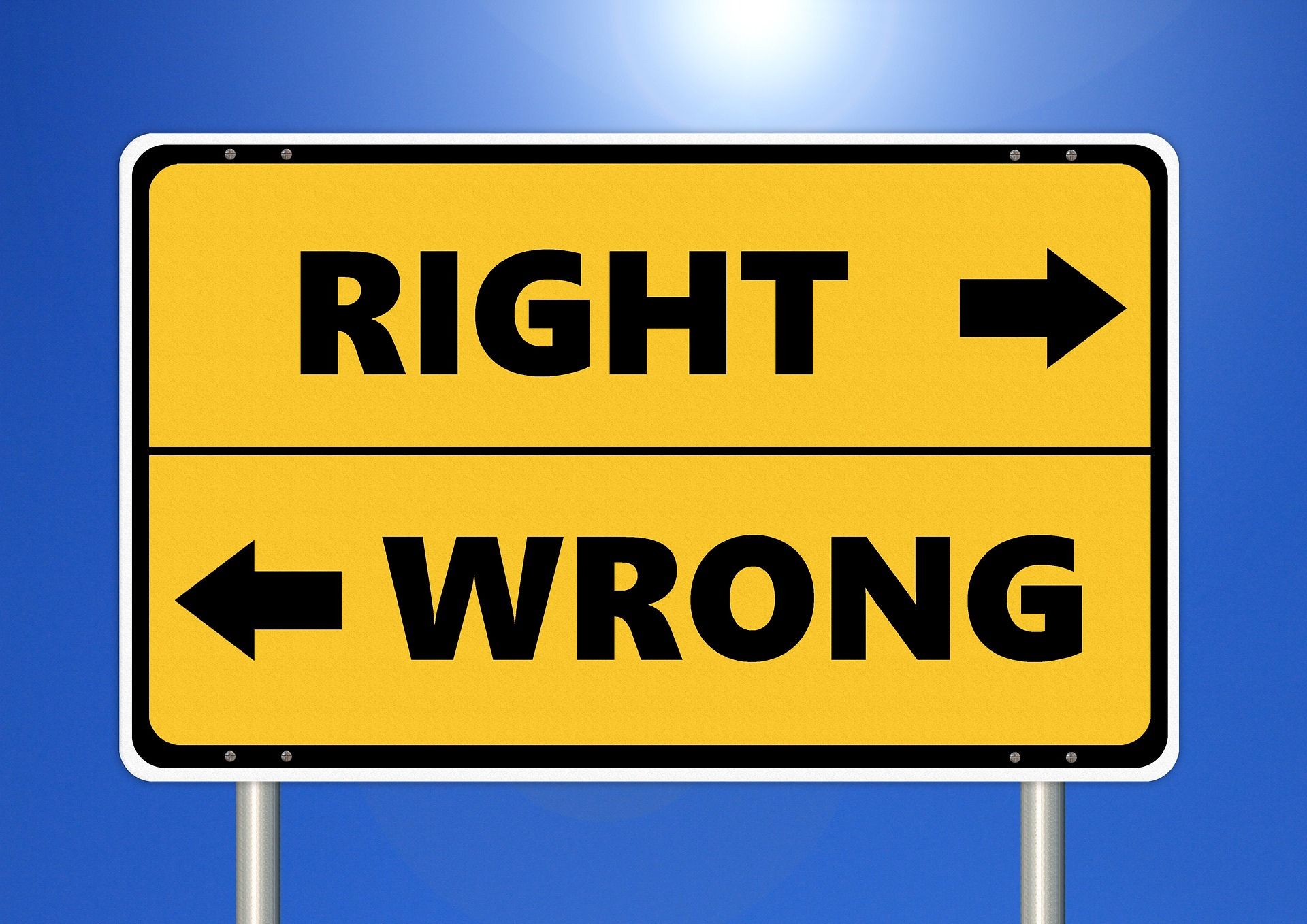
Avoiding Plagiarism – A Blogger’s Ethical Imperative
Hey there, savvy bloggers! Now that we’ve laid down the law on copyright basics, it’s time to talk about the Blogger’s Code of Ethics – and at the top of that list is the golden rule of avoiding plagiarism. So, grab your ethical compass, and let’s navigate these treacherous waters together.
Proper Attribution and Permissions:
Imagine this: You stumble upon a blog post that’s pure gold, and you think, “Hey, my readers would love this!” Before you hit that copy-paste shortcut, hold up! We’re in the land of proper attribution and permissions now.
In the spirit of good blogging karma, always give credit where credit’s due. It’s not just a shoutout; it’s a nod to the hard work, creativity, and brain sweat that went into crafting that piece. So, when you quote, paraphrase, or get inspired by someone else’s genius, sprinkle some attribution fairy dust and make it crystal clear whose brainchild you’re talking about.
But hey, don’t stop there. If you’re eyeing someone’s work for more than just a friendly mention, it’s time to put on your blogger’s etiquette hat and ask for permission. Yep, shoot them a message, drop an email, slide into those DMs – do whatever it takes to get the green light. It’s not just a courtesy; it’s a Blogger’s Golden Rule.
Public Domain and Creative Commons:
Now, let’s talk about playing it smart with public domain goodies. Public domain is like the open bar at a party – free for all, no strings attached. But here’s the catch: Make sure you’re dancing in the right party. Double-check that the content is genuinely in the public domain or risk crashing a copyright party, and nobody wants that drama.
And then there’s the Creative Commons carnival – a feast of content with different flavors and permissions. Some CC licenses are like a buffet, letting you feast on content with a few rules. Others are more like a potluck – share and share alike. It’s a diverse menu, so choose wisely.
When you snag something under a Creative Commons license, follow the rules laid out by the creator. It’s like being invited to a potluck – you bring your dish, and you don’t go swapping it for someone else’s casserole without permission.
Remember, bloggers, it’s all about playing nice in the content sandbox. Give credit, ask permission, and be the ethical rockstar your readers will admire.
Stay tuned, because next, we’ll unravel the mystery of fair use in blogging. It’s a wild ride, so fasten your seatbelts!
Fair Use in Blogging
Hey, bloggers! Welcome to the rollercoaster ride of fair use – that mystical realm where creativity meets legality. Hold onto your hats because things are about to get interesting!
Understanding Fair Use:
First off, what’s fair use, you ask? Well, think of it as the superhero sidekick to copyright laws. Fair use is like the rebel yell in the face of strict copyright rules, allowing us bloggers to use copyrighted material without getting the copyright cops knocking at our digital doors.
In the context of blogging, fair use gives us the green light to quote, critique, parody, and riff off others’ work without the fear of breaking the law. It’s our creative get-out-of-jail-free card, but – and here’s the kicker – it’s not a free pass for a content free-for-all.
Now, buckle up for the factors that determine whether your use qualifies as fair. It’s not just a guessing game; there’s a method to this madness. Think of these factors as the judges scoring your routine at a creativity Olympics:
- Purpose: Are you using the material for criticism, commentary, news reporting, teaching, scholarship, or research? If so, you’re on the right track.
- Nature: Is the original work more factual or more creative? Fact-heavy stuff is fair game, but the creative gems need a bit more caution.
- Amount: How much are you using? Snippets and bites are safer than lifting the whole enchilada. Be reasonable – it’s like sampling at an ice cream shop.
- Effect: Will your use harm the market for the original? If your blog post becomes the go-to instead of the original, you might be pushing the fair use envelope.
Limitations and Considerations:
But wait, fair use isn’t a free pass to swipe whatever you want. There are limitations, my friends, and they’re here to keep us on the straight and narrow.
First off, commercial use. If you’re planning to make bank off someone else’s work, fair use might not have your back. It’s like trying to sell lemonade with someone else’s secret recipe – not cool.
Now, let’s talk about the transformative magic. If you’re adding a dash of creativity, flipping the original on its head, or creating something new, you’re in the transformative zone. It’s like turning a classic tune into a funky remix – transformative use can be your golden ticket.
But tread lightly. Transformative doesn’t mean just a cosmetic makeover. It’s not slapping a new coat of paint on a Picasso – it’s turning that masterpiece into a whole new art form.
So, bloggers, fair use is your creative ally, but like any ally, use it wisely. It’s a dance – a balance between borrowing and creating, respecting the original while putting your spin on things.
In our next stop, we’ll explore practical strategies for bloggers to stay on the right side of the fair use line. Stay tuned!
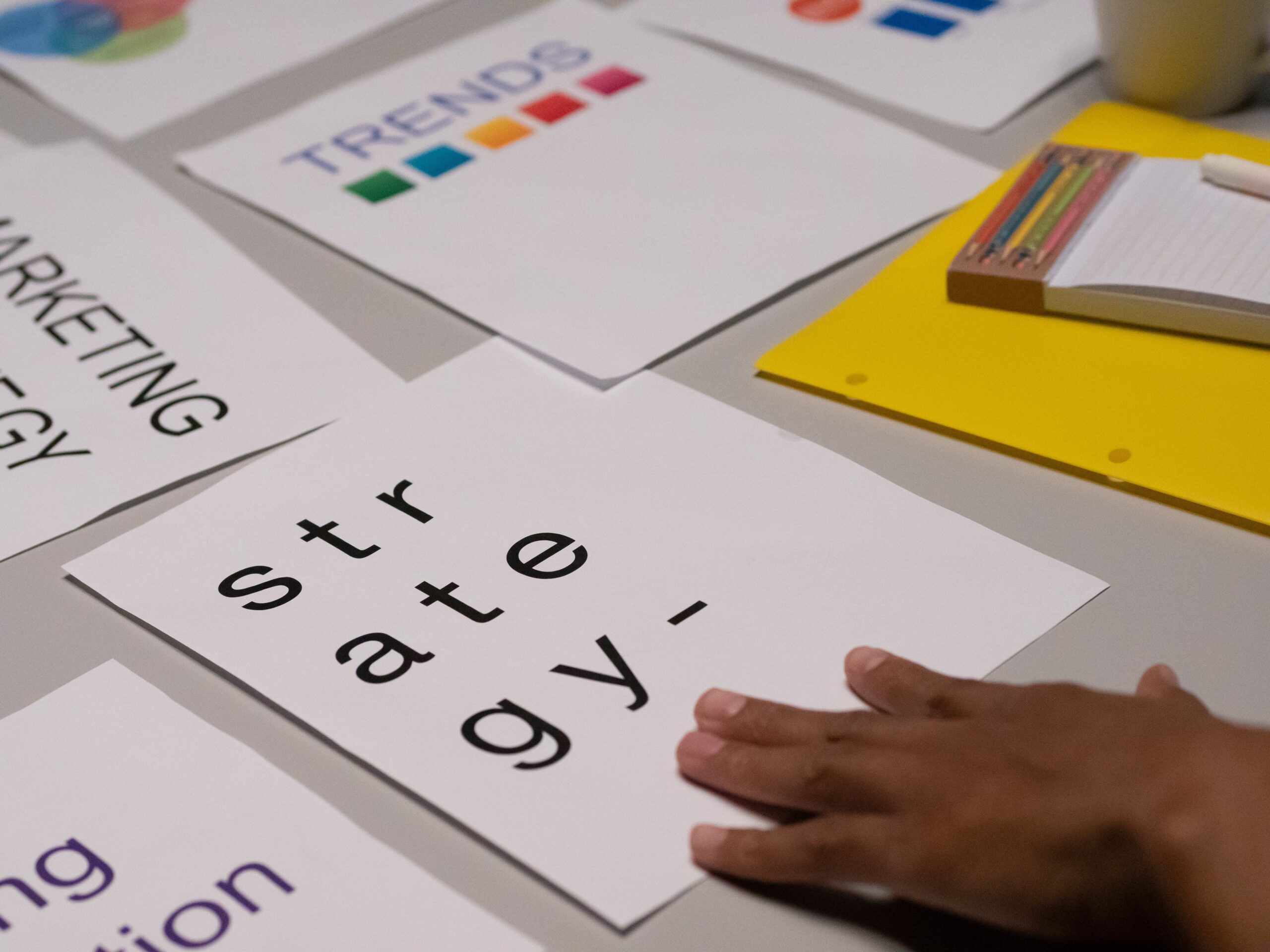
Practical Strategies for Bloggers
Alright, fellow bloggers, let’s get down to the nitty-gritty – the real-world tools and tricks you need in your blogging toolkit to stay on the right side of the copyright highway. Buckle up, because we’re diving into the world of verifying copyright status.
Introduce Tools and Resources:
Imagine this: You’re about to hit the ‘Publish’ button on your latest masterpiece, but hold up! Is that image you grabbed from the internet a copyright ticking time bomb? Fear not, because we’ve got your back with some handy tools to dodge the copyright minefield.
First up, the unsung hero – the “Creative Commons Search.” It’s like having a superhero sidekick that helps you find images, music, and more that you can use without getting into copyright hot water. Just type in what you need, and voila – a treasure trove of copyright-friendly goodies awaits.
But what about that random image you found on Google? Enter the “Google Images” tool. Click on the camera icon, upload the image, and let Google work its magic. It’s like having a detective at your disposal, sniffing out the source and letting you know if it’s safe to use.
And for the bookworms among us, “Google Books” is your go-to. Check if a book is in the public domain or still sipping copyright tea. It’s like having a librarian whispering in your ear, guiding you through the stacks.
Step-by-Step Guidance:
Now, let’s talk about the art of conducting a copyright check – the secret sauce to ensure your content isn’t a legal landmine waiting to explode.
Step 1: Know Your Source: Always check where you’re getting your content. If it’s from a reputable source or a Creative Commons hub, you’re likely in the clear.
Step 2: Use Image Search: For images, do a reverse image search using Google Images. Upload the image, hit search, and let Google tell you if it’s been flagged by the copyright police.
Step 3: Dig into Public Domain Resources: If you’re into historical content or classic works, sites like Project Gutenberg and Wikimedia Commons are your treasure maps. They house a wealth of public domain content waiting to be explored.
Step 4: Check the Fine Print: For written content, always check the terms of use, licenses, or disclaimers on the source website. It’s like reading the terms and conditions – tedious but crucial.
Step 5: Utilize Copyright Databases: Some savvy websites, like the U.S. Copyright Office, allow you to search their database for registered works. It’s like having the keys to the copyright kingdom.
So there you have it, bloggers – a toolkit to navigate the copyright maze. Remember, it’s not about stifling creativity; it’s about making sure your creativity plays nice with others. Stay tuned for our grand finale, where we wrap up this blogging adventure with a call to uphold ethical standards in our content kingdom!
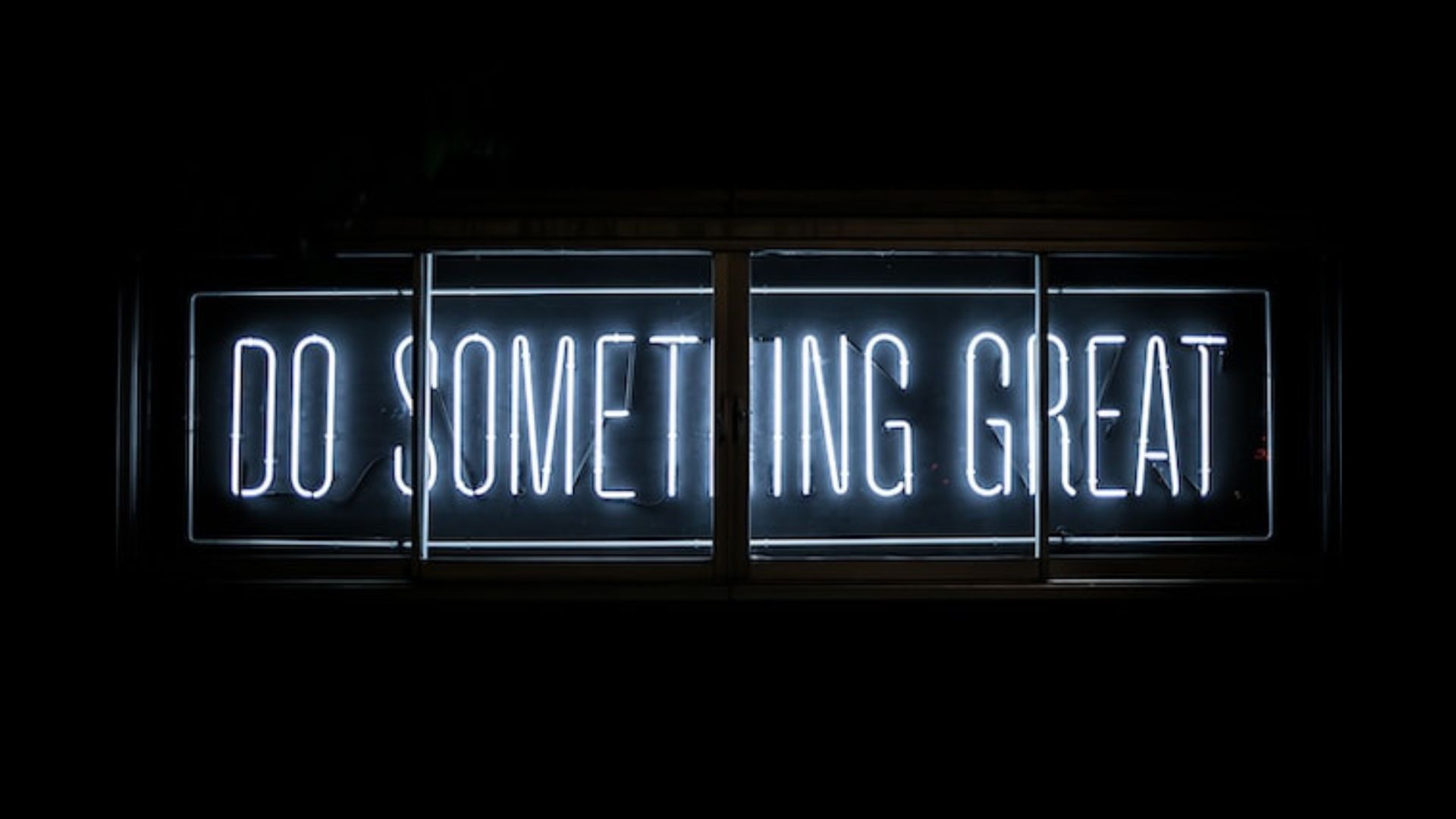
Upholding Ethical Standards in the Blogging Community
Hey there, blogging trailblazers! We’ve journeyed through the copyright jungle, decoded fair use acrobatics, and armed ourselves with tools for a copyright-safe voyage. Now, let’s cap off this adventure with a rallying call to uphold ethical standards in our blogging haven.
Reinforcing Ethical Practices:
Let’s rewind the tape and hit the highlights of our blogging odyssey. We dove headfirst into the copyright sea, understanding its superhero cape and the exclusive rights it grants creators. We shared war stories of bloggers caught in the copyright crossfire, learning that ethical lapses can tarnish our online armor.
Next up, we sauntered through the land of fair use, where creativity and legality danced a delicate tango. We decoded fair use factors and explored the transformative magic that turns our creations into a unique art form. The message? Fair use is our creative ally, not a get-out-of-jail-free card.
Then, armed with tools and know-how, we embarked on a copyright check adventure. From Creative Commons searches to Google’s detective skills, we discovered the secret sauce to ensure our content isn’t a legal landmine waiting to explode.
The Ripple Effect:
Now, let’s talk about the ripple effect – the impact of our individual choices on the collective blogging community. Respecting copyright laws isn’t just a solo gig; it’s a symphony that contributes to the overall health and innovation of our creative haven.
When we play by the rules, give credit where it’s due, and uphold ethical standards, we create an environment where creativity thrives. It’s like tending to a community garden – each blogger nurturing their plot contributes to a lush and vibrant landscape.
And here’s the beauty of it – when we commit to responsible content creation, it becomes contagious. The community sees, learns, and adapts. It’s a ripple effect that transforms the digital realm into a space where ideas flourish, collaborations bloom, and innovation sparks.
So, here’s the call to action, bloggers – let’s be the custodians of ethical content creation. Share the knowledge, champion the cause, and let the ripple of responsible blogging spread far and wide.
In this ever-evolving digital landscape, we, the bloggers, are the architects of change. Let’s build a community where creativity knows no bounds, respect is the currency, and innovation is the anthem. The journey doesn’t end here; it’s a continuous exploration of ethical content creation in the vast expanse of the blogosphere.
Stay creative, stay ethical, and keep the blogging torch burning bright! Until next time, happy blogging!
FAQs: Navigating Copyright and Ethical Blogging
Q1: Why should bloggers care about copyright laws?
A1: Great question! Copyright laws are like the rulebook for the creative game. They protect your work and guide how you can use others’ creations. Ignoring them could lead to legal trouble and a hit to your blogger street cred.
Q2: What’s the deal with fair use, and how does it apply to blogging?
A2: Fair use is your creative ally. It lets you use copyrighted material for purposes like criticism, commentary, or parody. However, it’s not a free pass. Always consider factors like purpose, nature, amount, and effect before you unleash your fair use magic.
Q3: How can I check the copyright status of content I want to use in my blog?
A3: Easy peasy! Use tools like Creative Commons Search and Google Images to find copyright-friendly content. If you’re dealing with written material, check the terms of use on the source website. And don’t forget the transformative magic – if you’re remixing or creating something new, you’re on the right track.
Q4: Can I use content from the public domain without worrying about copyright?
A4: Absolutely! Public domain content is like a copyright-free buffet. Just make sure you’re sure it’s in the public domain. Double-check sources like Project Gutenberg or Wikimedia Commons for historical treasures and classic gems.
Q5: What’s the role of bloggers in promoting ethical content creation?
A5: Bloggers are the architects of the digital realm. By respecting copyright laws, giving proper attribution, and committing to ethical practices, we create an environment where creativity thrives. It’s not just about following the rules; it’s about setting the standard for responsible content creation.
Q6: How does ethical content creation contribute to the blogging community?
A6: It’s a ripple effect! When bloggers uphold ethical standards, it creates a positive environment where ideas flourish, collaborations bloom, and innovation sparks. It’s like tending to a community garden – each blogger’s ethical choices contribute to a lush and vibrant creative landscape.
Q7: What happens if I ignore copyright laws and use content without permission?
A7: Ignoring copyright laws can lead to consequences like legal action, fines, and damage to your online reputation. Remember, the digital world may seem vast, but it’s a tight-knit community. Upholding ethical standards ensures you stay in the good books of both the law and your fellow bloggers.
Q8: Are there any other tools or resources to check the copyright status of content?
A8: Absolutely! Explore resources like the U.S. Copyright Office database for registered works. It’s like having the keys to the copyright kingdom. These tools, combined with a good dose of common sense, will guide you through the copyright maze.
Q9: How can I encourage responsible content creation within the blogging community?
A9: Lead by example! Share your knowledge about copyright, fair use, and ethical blogging practices. Encourage fellow bloggers to follow suit. It’s a collective effort to create a community where creativity and respect go hand in hand.
Q10: Any parting words of wisdom for bloggers navigating the copyright landscape?
A10: Stay creative, stay ethical, and stay informed! The blogging journey is an ongoing exploration, so be curious, be responsible, and keep the blogging torch burning bright. Happy blogging!
